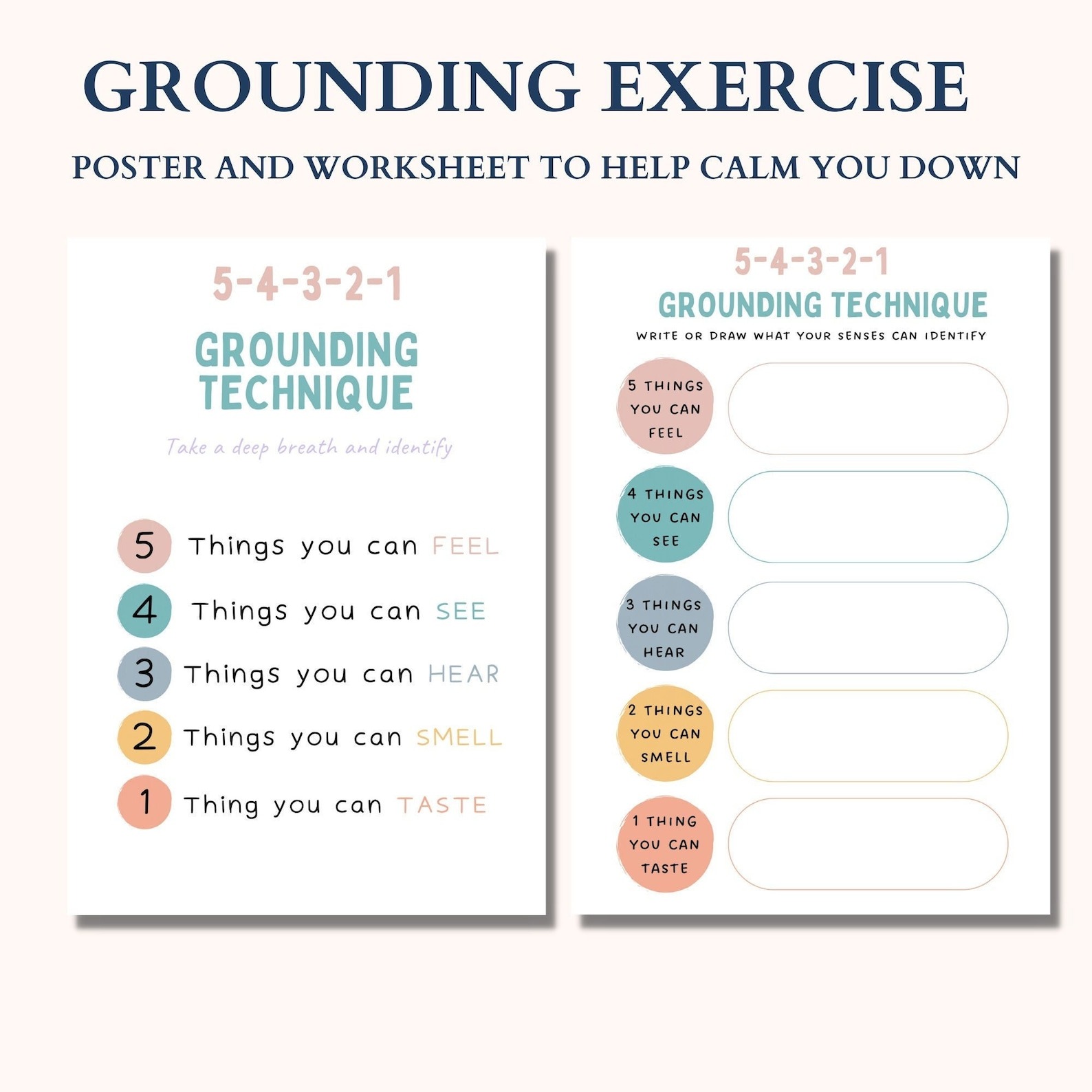Have you ever had one of those moments when a stressful thought floods your mind and suddenly you can’t think of anything else? While for some people anxiety is transient and part of everyday life, others may suffer from anxiety disorders that expose them to persistent feelings of fear, dread or unease. As Inserm explains on this subject, a person suffers from anxiety disorders when they feel strong and lasting anxiety unrelated to any real danger or threat, which disrupts their normal functioning and daily activities. These disorders, the frequency of which is high in the general population, often begin in childhood or during adolescence: their better identification in these age groups would prevent aggravation of symptoms during life. There are actually several types of anxiety disorders: generalized anxiety, panic disorder, specific phobias, agoraphobia, social anxiety disorder and separation anxiety disorder, knowing that their symptoms are very variable d person to person.
Still, these are often of a psychological nature (irritability, impulsivity, irrational fear, difficulty concentrating, inability to make plans) and/or physical (digestive disorders, pain, insomnia, fatigue, headaches) and gradually lead to behaviors of avoidance of potential danger: refusal to go to certain places, to perform certain actions, to meet others… Generalized anxiety disorder, in particular, is characterized by a persistent feeling of insecurity, constant and excessive worry that interferes with daily activities. ” It may be accompanied by physical symptoms, such as restlessness, nervousness, fatigue, difficulty concentrating, muscle tension or trouble sleeping. Often, this worry is fueled by everyday events such as work responsibilities, family health or minor matters relating to household or domestic chores (car repairs, appointments, etc.). “, indicates Inserm.
Engage all of your senses to reconnect with yourself
Psychotherapy is recommended first, whatever the anxiety disorder, to act on behaviors that can promote the appearance or persistence of anxiety. Among the methods proposed, behavioral and cognitive therapy (CBT) which consists of working on behavior and the thoughts, opinions and beliefs known as cognitions. This therapy does not seek the origin of the problems but aims to treat the visible manifestations. Finally, full awareness (or “mindfulness”) is a form of meditation that consists of living in the present moment, of being in the “here and now”, by becoming aware of our emotions, our thoughts and our physical sensations. , without judging. Practiced regularly, it would counter psychological distress by reducing rumination and anxiety. In a dedicated article, Kelly Gilrain, specialist in psychology and behavioral medicine at Cooper University Health Care notably evokes an approach referring to this practice which has been more and more talked about in recent years: grounding.
Concretely, this can be translated as “anchoring” because it helps to re-establish the link with the present moment (the current time and place) and/or with our own body. People who practice it are thus led to pull themselves together in situations where they feel they are losing control: this process aims to calm their emotions and stop thinking too much, in order to be able to cling to present reality. “ Grounding is a mindfulness technique that can quickly refocus your thoughts when you feel anxious. Simple exercises can remind you that ‘I am here, right now. I am safe’. “, explains Kelly Gilrain. How to practice it? This is based on the “5-4-3-2-1 strategy” and relies on the senses. Be careful though, it is advisable to start when it is possible to move away for a few minutes from potential sources of stress. In addition, practicing grounding should not replace the advice of a health professional or therapist but practiced regularly, the exercise acts as an additional aid like cardiac coherence.
- Five : identify five things that you can see among everything around you.
- Four : Focus on four things you can feel, like your sweater or a hard table.
- Three : think of three things you can hear: traffic, chattering at the office, a noisy radiator…
- Of them : What two things can you smell around you?
- A : focus on something you can taste
As you will have understood, this is about focusing on your senses: listing slowly in your head or out loud five things you can see, four things you can hear, three things you can feel against the skin, two things you can smell and one thing you can taste. If grounding can be practiced anywhere, its most classic version is based on a direct encounter with nature.
We would like to say thanks to the writer of this article for this incredible web content
Escape An Anxiety Attack With This 5-Step Mindfulness Technique
We have our social media profiles here , as well as other pages related to them here.https://nimblespirit.com/related-pages/

